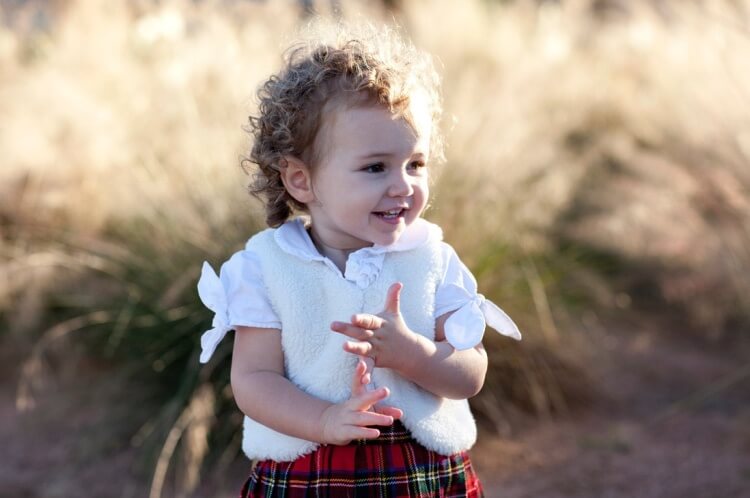Note: Reprinted from the Ahwatukee Foothills News, March 17, 2015, reprinted by permission.
Over the last few months, much has been written about funding for Arizona education. The seventeen percent decrease in funding in recent years and diversion of funds designated for education have prompted a variety of comments. Rarely mentioned, however, is the fact that art, music, and physical education programs have been dramatically cut as funding has decreased. Improving test scores in math and language arts seems to be the primary goal and “special” programs such as art, music, and physical education are the first to go when budget shortfalls occur. If and when funding is restored, these programs sometimes, referred to as “frills” are rarely restored.

But what does the evidence tell us about these “special programs?” It tells us that they really are special, not frills. Lets take a look at the evidence. Students who participate in the arts read more often, are four times more likely to do public service, four times more likely to be in a math or science fair, and three times more likely to bet elected to a class office than other students.
Music education improves listening skills, enhances language development and verbal skills, helps students to become more disciplined, and has health benefits such as stress reduction and better sleep. Physical education promotes lifelong fitness, health, and wellness and reduces risk of chronic disease. It teaches self-management skills and motor skills that can be used to plan for and perform lifelong physical activity.
What often gets lost in the shuffle is that all three programs contribute to cognitive function and improved test scores in math, language arts and other academic subjects. All three are important to developing creativity a crucial factor in school and post-school success. The evidence is clear that time spent in these special programs does not result in less learning because of less time studying other subject matter. In fact, quite contrary, time spent in these programs enhances school success! At the elementary school level, time spent in specials has the benefit of giving the classroom teachers a well-deserved break during the day. Some might say that this is unimportant. However, those doubters might imagine spending four to five consecutive hours each day with 20-30 young children without a break!
Here are some other factors to consider. All three programs:
- Have parental support – various surveys show 90%+ support for the three different programs,
- Improve a school’s reputation – witness the fact that the Kyrene Schools advertise the inclusion of these specials when trying to attract Kindergarten students, and bond override proposals often mention that if the override fails, these programs may be cut (sometimes they are cut even if the override passes) and,
- Make economic sense – the benefits of these programs far outweigh the costs over the long-term.
The research supports my opinion based on my experience as a former teacher, a parent, and a grandparent that special programs like art, music, and physical education have one additional benefit. They provide incentive for many youth to come to school and enjoy it. Ask children what they like best about school. Their answer, more often than not, will include one of these three programs. Kids involved in these programs have better attendance and have fewer discipline problems. Attendance has been shown to be very important to school success in all areas.
Perhaps most important of all is the fact that art, music, and physical education are important to the education of the whole child. The head does not come to school by itself. The body does not come to school by itself. One part of the brain does not come to school by itself. The whole child comes to school. In school, as in society, being well rounded is important. Including special programs in the curriculum is critical to developing fully functioning well-rounded individuals who are contributing members of society. Nevertheless, many elementary schools (including Kyrene) now have art, music and physical education classes only one day each week.
As I talk with parents, educators, and others interested in education, I find that the support for art, music, and physical education is strong. However, this support has not resulted in the protection of special programs. Too often these programs are pitted against each other as each fights to avoid program losses. Art, music and physical educators must work together to support each other if they are to survive. As more funding becomes available in the years ahead, a priority should be to restoring funding and reinstate art, music, and physical education programs in the schools. For this to happen supporters will have to speak up!
